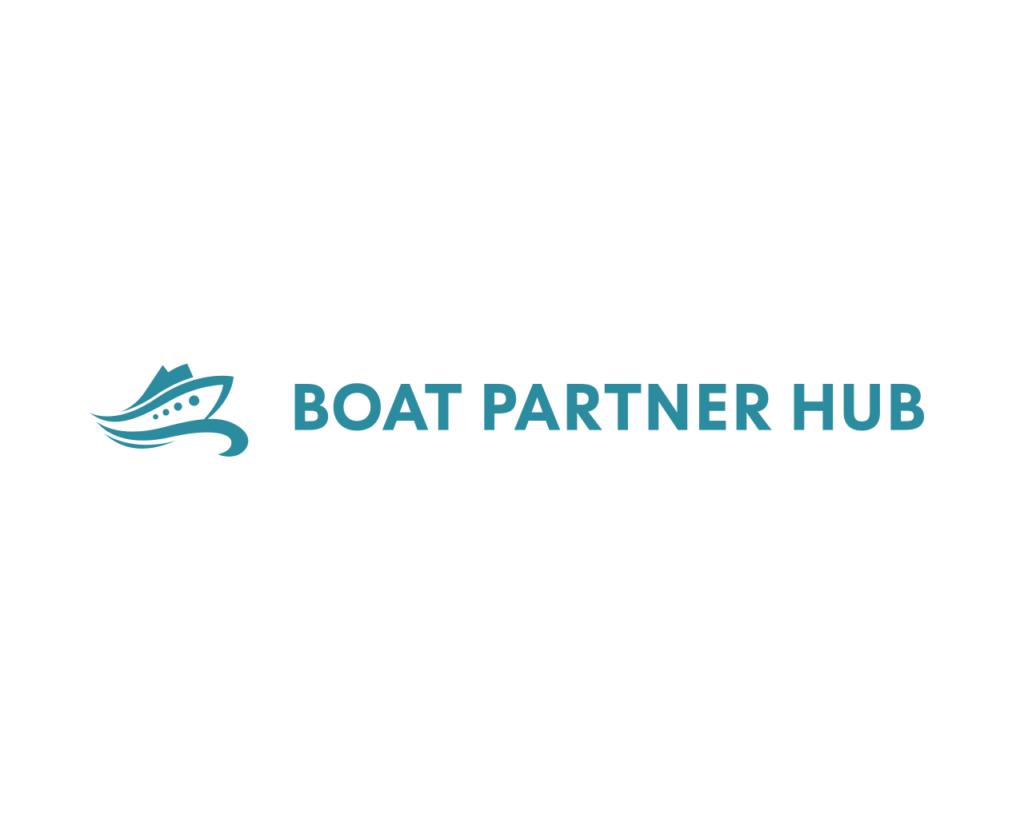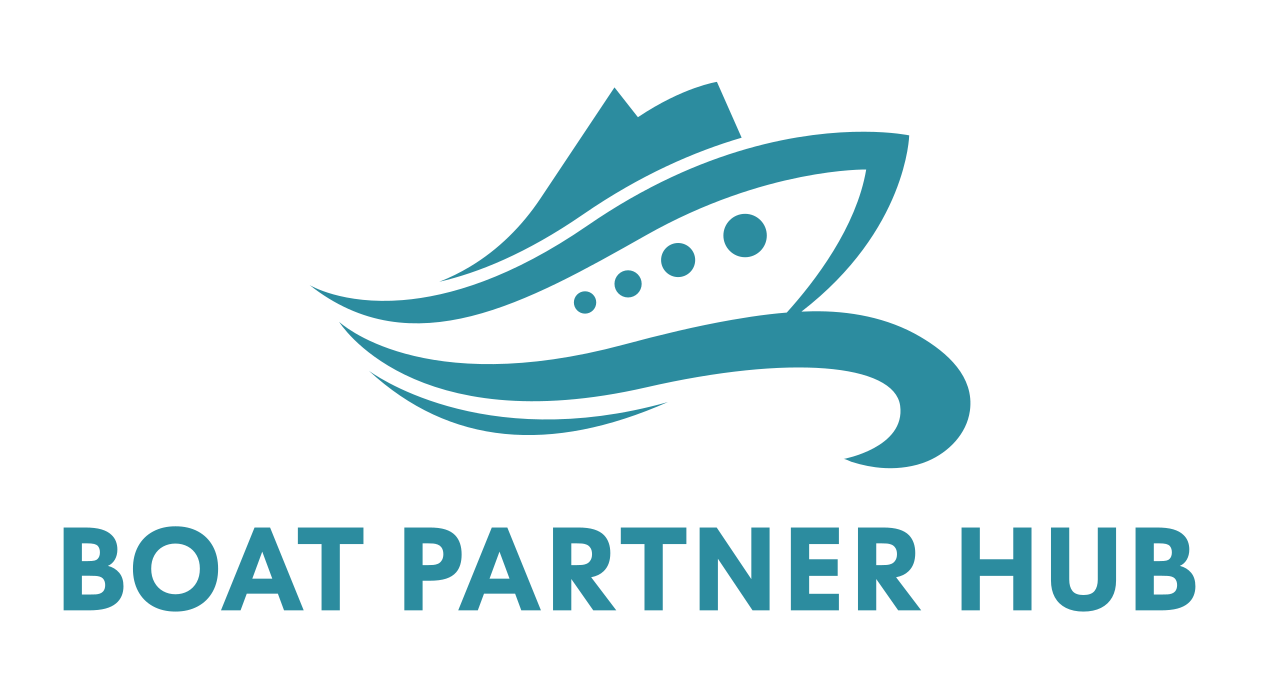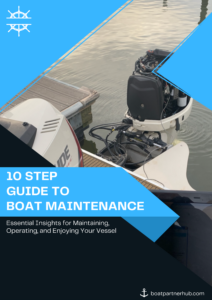Blog
Bow of a Boat: Understanding its Importance, Features, and Maintenance

Navigating the Bow of a Boat: Features, Maintenance, and Safety Tips
The bow of a boat is the frontmost part of the vessel, playing a crucial role in its performance, handling, and overall aesthetics. Understanding the significance of the boat’s bow, its key features, and proper maintenance is essential for every boat owner. In this comprehensive guide, we will delve into the importance of the bow, its components, and the necessary maintenance practices to keep it in optimal condition.
1. The Significance of the Boat’s Bow
The bow is one of the most vital areas of a boat, and its design significantly influences how the vessel moves through the water. Key aspects of the bow’s importance include:
Water Cutting: The bow’s shape allows it to efficiently cut through the water, reducing drag and enhancing the boat’s performance.
Wave Handling: A well-designed bow aids in handling waves, ensuring a smoother ride for passengers and minimizing the impact of rough waters.
Buoyancy: The bow’s buoyant design helps the boat stay on top of the water, preventing it from nose-diving or taking on water.
Aesthetics: The bow’s appearance contributes to the boat’s overall look and style, reflecting the vessel’s character and purpose.
2. Features of the Boat’s Bow
Understanding the various components of the boat’s bow provides insights into its functionality and design. Key features of the bow include:
Bow Pulpit: The bow pulpit is a rail or platform located at the very front of the boat, providing a secure area for handling anchor and mooring lines.
Anchor Locker: This compartment stores the boat’s anchor when not in use, keeping it secure and preventing damage to other parts of the boat.
Cleats: Cleats are fixtures mounted on the bow to secure ropes and lines, essential for anchoring and docking the boat.
Bow Railings: Bow railings provide safety and stability when moving around the front of the boat, especially in challenging conditions.
Hull Shape: The hull shape near the bow impacts the boat’s stability and hydrodynamics, affecting how it interacts with the water.
Bow Eye: The bow eye is a strong attachment point at the front of the boat used for towing or securing the vessel to a trailer.
3. Maintaining the Boat’s Bow
Proper maintenance of the boat’s bow is essential for safety, performance, and longevity. Here are some maintenance tips:
Cleaning: Regularly clean the bow area to remove salt, grime, and debris. Use a mild soap solution and fresh water to avoid damage.
Inspecting Hardware: Check all bow hardware, including railings, cleats, and the bow eye, for signs of wear or corrosion. Replace any damaged components promptly.
Anchoring Gear: Inspect and maintain anchoring gear, including the anchor, chain, and windlass, to ensure they function smoothly when needed.
Gelcoat Protection: Apply a quality wax or gelcoat protectant to the bow’s surfaces to enhance shine and protect against UV rays and environmental elements.
Safety Equipment: Keep necessary safety equipment, such as life jackets and throwable flotation devices, stowed securely in the bow area.
Conclusion
The bow of a boat is a fundamental and versatile part of the vessel, impacting its performance, handling, and aesthetics. Understanding its significance, features, and proper maintenance allows boat owners to make the most of their boating experiences. Regular care and attention to the boat’s bow ensure a safe and enjoyable journey on the water.
FAQs (Frequently Asked Questions)
Q1: Can I install additional railings on the bow for increased safety?
A: Yes, you can add railings or handholds to the bow area for improved safety, especially if you frequently have passengers on board. Consult with a professional boat dealer or marine technician to find suitable railing options for your boat’s model.
Q2: How often should I inspect the bow hardware?
A: It is recommended to inspect the bow hardware, including railings, cleats, and the bow eye, before every boating trip. Regular inspections help identify any issues early on and ensure the hardware is in proper working condition.


